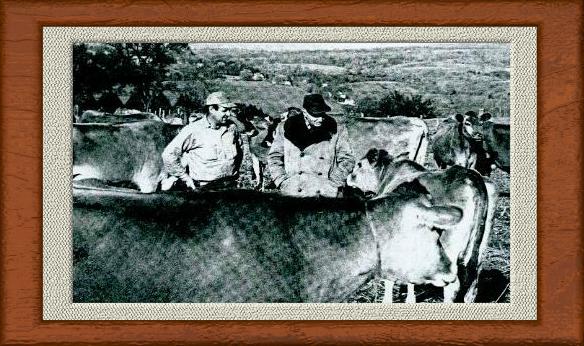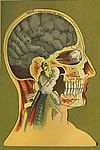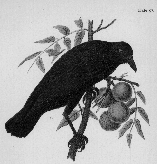|
|
|
|

"If you care to go to school go to the honey bees, fowl, cats, dogs,
goats, mink, calves, dairy cows, bulls and horses and allow
them to teach you their ways, you will gain an insight into physiological
and biochemical medicine not to be learned from medical
books. Verified by observing results in animals, this medicine,
which is passed from generation to generation by word of mouth
enables great numbers of Vermonters to continue carrying heavy daily
work loads and to go on well past the Scriptural
three-score-and-ten years into good physical and mental vigor, good
digestion, good eyesight and good hearing, avoiding senility
to the very end." Dr. D.C. Jarvis
Dolphins Know Each Other's Names
The Sunday Times May 07, 2006
Jonathan Leake, Science Editor
Whistles are used for individual
recognition
DOLPHINS may be closer to humans
than previously realised, with new research showing they communicate by
whistling out their own “names”.
The evidence suggests dolphins share the human ability to recognise themselves and other members of the same species as individuals with separate identities. The research, on wild bottlenose dolphins, will lead to a reassessment of their intelligence and social complexity, raising moral questions over how they should be treated.
The research was carried out by Vincent Janik of the Sea Mammal Research Unit at St Andrews University, who has found bottlenose dolphins to be among the animal world’s quickest learners of new sounds.
He said: “Each animal develops an individually distinctive signature whistle in the first few months of its life, which appears to be used in individual recognition.”
The research has its origin in the 1960s when dolphin trainers first noticed that captive animals each had their own personal repertoire of whistles.
This prompted speculation that dolphins had their own language and might even have individual “names”. However, the theory was controversial among whale and dolphin researchers, and until now, there had been no means of testing it.
Janik’s work was based on a group of dolphins living in Sarasota Bay, Florida, who have been studied for more than 30 years. Over that time researchers have built up a detailed picture of individual dolphins, their family ties and their “social” interaction.
They have also made extensive recordings of the noises made by individual dolphins and isolated the sounds thought to be their “signature whistles” or names.
In the study some of the Sarasota Bay animals were corralled in a net. The researchers then played synthetic versions of the signature whistles of other dolphins through underwater loudspeakers to see if they would evoke a response in the captive animals. The use of synthetic whistles ruled out the possibility that the animals might simply be recognising the sound of each other’s voices.
They found that dolphins responded strongly to the whistles of their relatives and associates while generally ignoring those of dolphins to whom they had no link.
Janik said: “Bottlenose dolphins are the only animals other than humans to have been shown to transmit identity information independent of the caller’s voice.”
The findings are supported by other authorities. Denise Herzing, research director at the Wild Dolphin Project at Florida Atlantic University, said it was already clear that many of the 77 known cetacean (whale and dolphin) species had rudimentary languages.
“We know that dolphins’ brains are nearly as large and complex, relative to body size, as those of humans. They have evolved to be intelligent and that implies being able to communicate,” she said.
Dolphins may, however, be just the first of many species where individuals are found to have their own names. Other researchers have already found evidence for highly developed language skills in parrots, crows and primates.
Great apes, such as chimpanzees and orang-utans, have been a popular subject for research because they are so closely related to humans.
Their limited vocal apparatus means they cannot speak but researchers at Georgia State University have taught chimpanzees to communicate in English via computers equipped with customised keyboards and voice synthesizers.
The African grey parrot is another renowned linguist, able not only to learn words but to use them in the right context.
Even some rodent species may have developed a rudimentary language. Con Slobodchikoff of Northern Arizona University recently found that prairie dogs, a large rodent found in the western United States, shared a language of at least 100 words.
Donald Broom, professor of animal welfare at Cambridge University, said species living in large groups all had advanced communication skills. “They have a complex social structure where they have to live with others, negotiate friendships and find mates. If dolphins are using names I expect we will find the same in other species with similar lifestyles.”

Ashes and Snow
___
|
|
 |
JCROWS.com
PO Box 172
New Ipswich NH 03071
email jcrow@jcrow.mv.com
|
|
 |
|
|
 |
 |